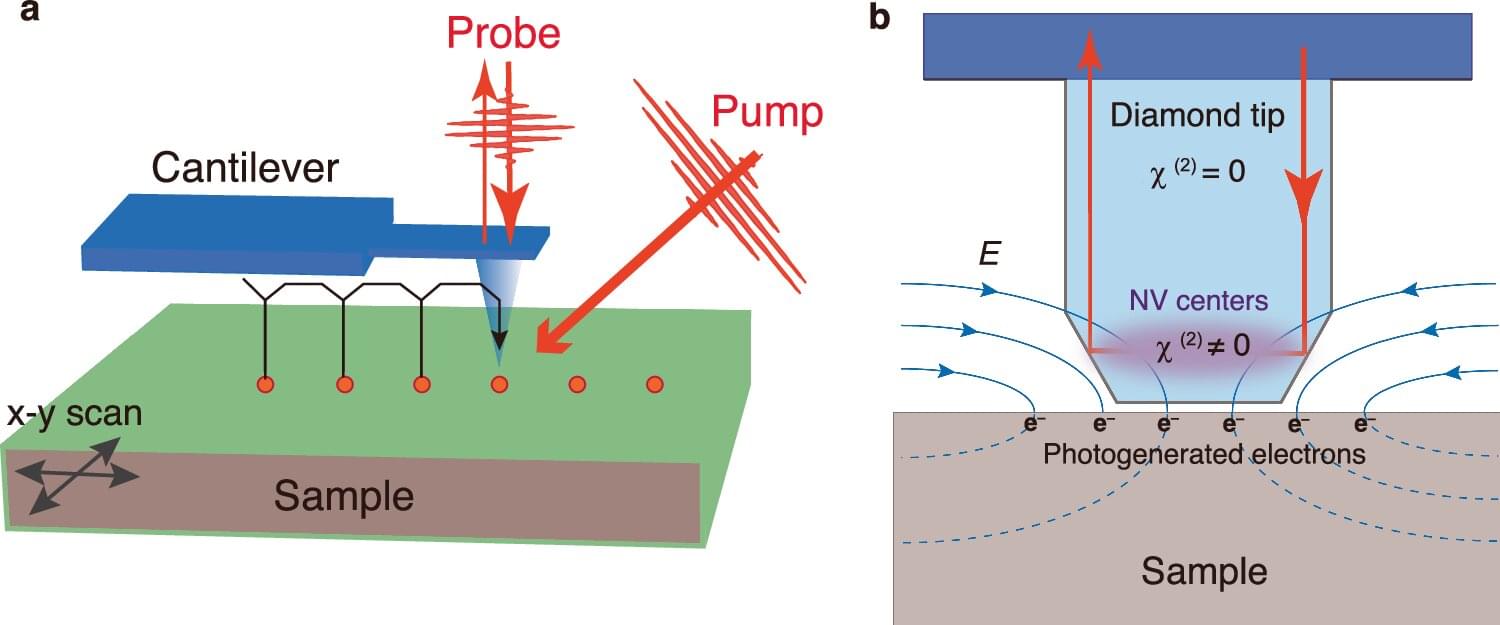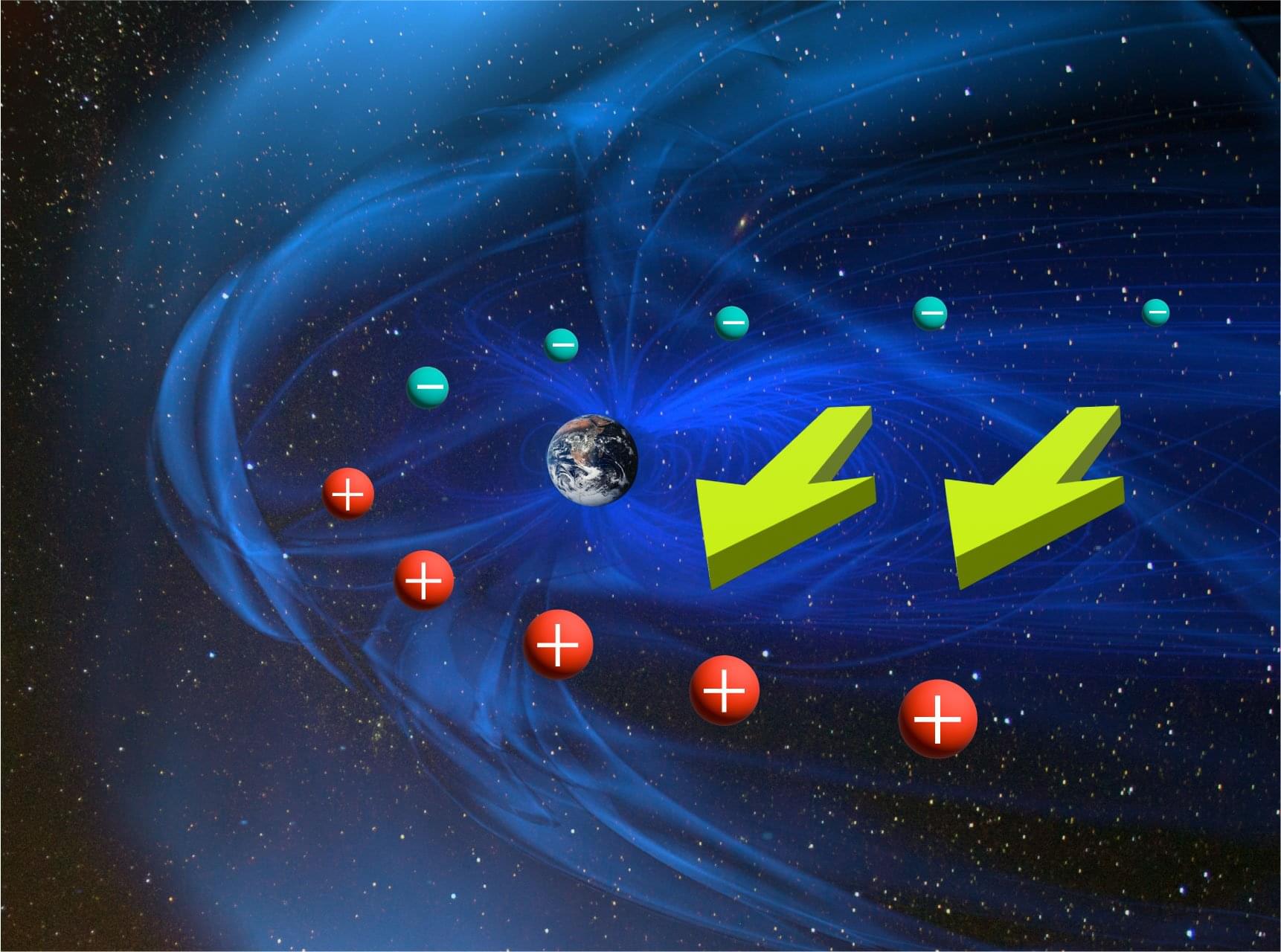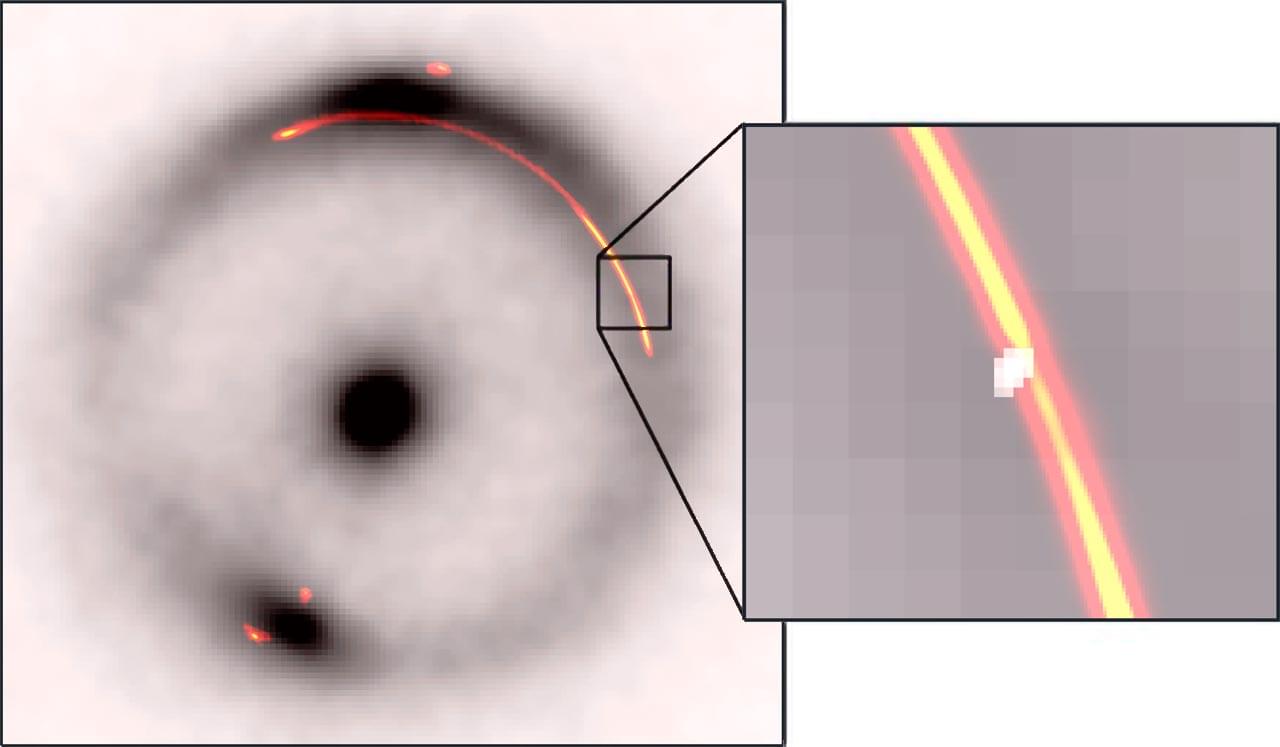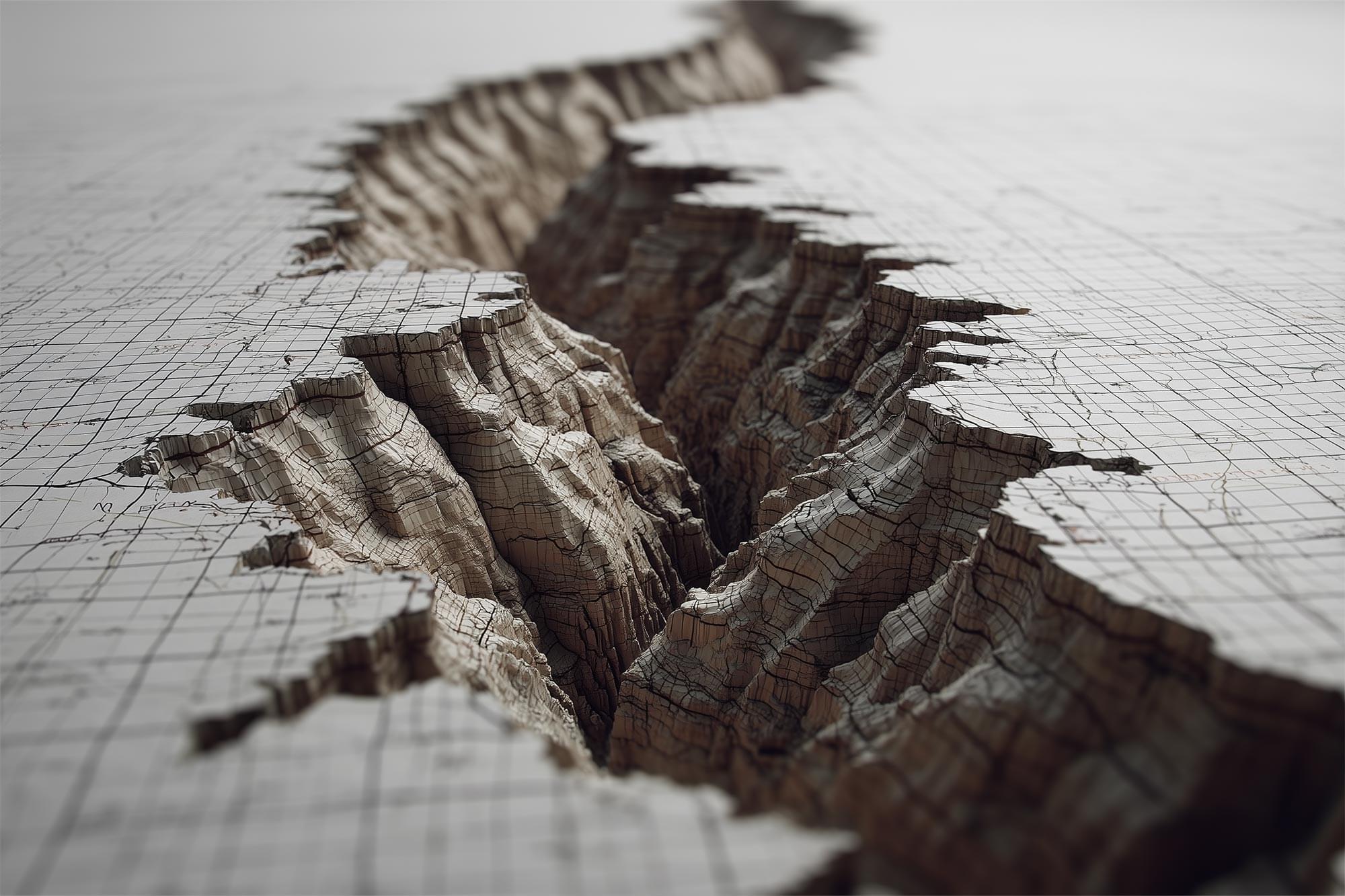What happens when electrons leave a solid material? This seemingly simple phenomenon has, until now, eluded accurate theoretical description. In a new study, researchers have found the missing piece of the puzzle.
Imagine a frog sitting inside a box. The box has a large opening at a certain height. Can the frog escape? That depends on how much energy it has: if it can jump high enough, it could in principle make it out. But whether it actually succeeds is another question. The height of the jump alone isn’t enough—the frog also needs to jump through the opening.
A similar situation arises with electrons inside a solid. When given a bit of extra energy—for example, by bombarding the material with additional electrons—they may be able to escape from the material.








